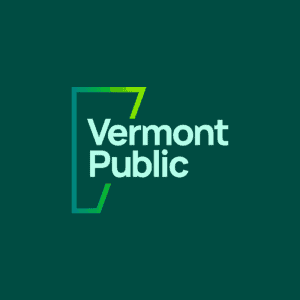Approval of the TIF Letter of Intent Moves the Tax Increment Financing Plan One Step Further in the City’s Plans for Major Infrastructure Improvements, Housing Development, and Economic Growth
Rutland, Vermont — The City of Rutland Board of Aldermen has approved the Tax Increment Financing (TIF) District Letter of Intent (LOI) to apply to the State for a TIF District, marking a significant milestone in the City’s strategic efforts to boost economic development, create housing, and address long-standing infrastructure needs. This initiative aims to remove key building barriers to private development while improving the quality of life for residents.
Presenting the TIF District Plan and LOI before the Board of Aldermen were Ed Bove, Executive Director of the Rutland Redevelopment Authority (RRA), which serves as Rutland City’s economic development entity, as well as Stephanie Clarke, Vice President of White + Burke Real Estate Advisors, who is guiding the RRA through the TIF Districting Process.
The City anticipates submitting its full TIF District application for VEPC approval by early 2025, with public infrastructure projects beginning as soon as 2026. The first step with the Board of Aldermen is to review the TIF District Plan, which outlines the possible projects that could occur over the next ten years. This is in no way binding, but instead allows for prudent planning and collaborations with developers and property owners.
Rutland City TIF Plan Overview:
- Private Projects: Could include workforce and affordable housing, mixed-use, and a hotel, totaling over $63 million in increased property value over the next 7 years.
- Housing: Creation of 385 housing units over 7 years.
- Public Infrastructure: Could include utility upgrades, brownfield remediation, site preparation, improved access, public facilities, and transportation upgrades, totaling almost $17 million of investment over 6 years.
- Tax Revenue: Could yield approximately $3 million of additional revenue to the City’s General Fund and $5.6 million to the State Education Fund over 20 years.
“The TIF District is key to unlocking Rutland’s economic potential,” said Michael Talbott, Board of Aldermen President. “By taking this step, we’re committing to improving infrastructure in our downtown and providing much-needed housing, all while driving private investment into areas that have long needed attention.”
TIF District Project Timeline:
- January 2025: Board of Aldermen vote on the finalized plan, followed by submission to VEPC.
- Spring 2025: Master TIF District review by VEPC and Board of Aldermen review of first-phase projects
- June 2025: Submit first phase projects to VEPC
- September 2025: Obtain first phase approval
- November 2025: City-wide bond vote for infrastructure funding.
- Winter 2025 / 2026: Incur first infrastructure project debt
- Spring 2026: Commencement of public infrastructure projects.




